Home>Garden Essentials>Garden Plants>How Big Does Thyme Grow
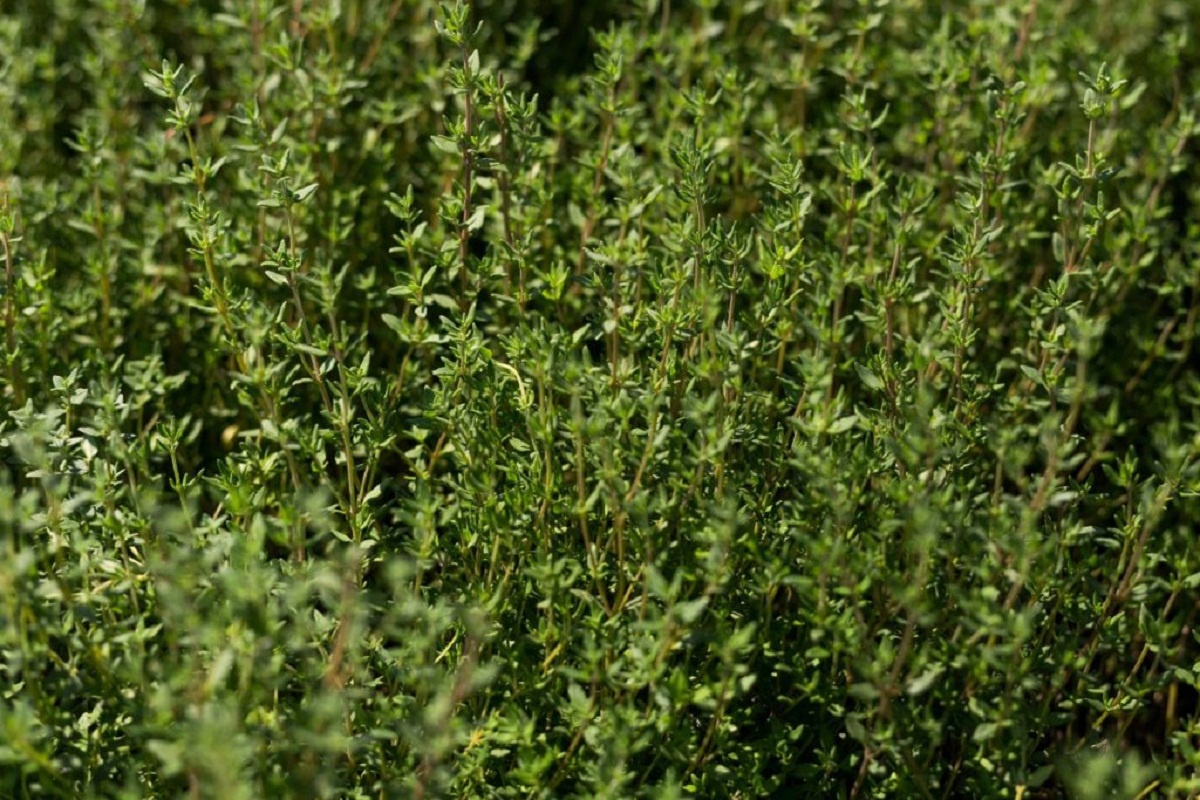

Garden Plants
How Big Does Thyme Grow
Modified: April 28, 2024
Discover how big thyme plants can grow and get tips on growing healthy thyme in your garden. Find out more about thyme plant sizes and cultivation techniques.
(Many of the links in this article redirect to a specific reviewed product. Your purchase of these products through affiliate links helps to generate commission for Storables.com, at no extra cost. Learn more)
Introduction
Welcome to the wonderful world of thyme! If you have a passion for gardening or simply want to add some flavor to your cooking, growing thyme is a fantastic choice. Thyme is an aromatic herb that is not only versatile in the kitchen but also easy to grow and maintain. Whether you have a sprawling garden or a small balcony, you can enjoy the beauty and benefits of growing your own thyme.
In this article, we will explore everything you need to know about growing thyme, from ideal growing conditions to choosing the right thyme variety, planting, watering, fertilizing, pruning, and harvesting. We will also discuss common pests and diseases that can impact thyme plants, as well as provide some helpful tips to ensure successful thyme growth.
So, whether you are a seasoned gardener looking to expand your herb collection or a beginner eager to explore the world of plants, read on to learn all about how to grow thyme and reap the rewards of this delightful herb.
Key Takeaways:
- Thyme is a versatile, low-maintenance herb that thrives in sunny, well-draining conditions. With proper care, including pruning, watering, and monitoring for pests and diseases, you can enjoy a bountiful harvest of flavorful thyme leaves.
- Choosing the right thyme variety and providing ideal growing conditions are crucial for successful thyme cultivation. By following expert tips, such as proper watering, fertilizing, and harvesting techniques, you can ensure the healthy growth and robust flavor of your thyme plants.
Read more: How Big Of A Pot Does Thyme Need
Growing Thyme
Thyme (Thymus vulgaris) is a perennial herb that belongs to the mint family. It is native to the Mediterranean region and has been cultivated for centuries for its culinary and medicinal uses. Growing thyme is a rewarding experience, as it not only adds a delicious flavor to your dishes but also releases a pleasant aroma, making it a great choice for both indoor and outdoor gardens.
Thyme can be grown from seeds, cuttings, or transplants. Seeds are the most economical option, but they require more time and patience to grow. Alternatively, you can purchase thyme plants from a nursery or garden center for a quicker start.
When it comes to soil, thyme prefers well-draining soil with a pH level between 6.0 and 8.0. If your soil is heavy or has poor drainage, consider amending it with organic matter such as compost or perlite to improve drainage. Thyme is also tolerant of various soil types, including sandy or rocky soil, making it a versatile herb for different growing conditions.
Thyme requires at least 6 hours of direct sunlight each day, so choose a sunny spot in your garden for optimal growth. If you’re growing thyme indoors, place the plant near a south-facing window where it can receive ample sunlight. However, thyme can tolerate partial shade, so if your garden lacks direct sunlight, it can still thrive.
One of the reasons thyme is so popular among gardeners is its ability to withstand drought conditions. Thyme has a low water requirement, making it a low-maintenance herb to grow. However, it’s important to water the plants regularly during the initial establishment period. Once thyme is established, it can tolerate dry spells, but it’s always beneficial to provide supplemental watering during prolonged periods of drought.
In the next section, we will explore the ideal growing conditions for thyme to ensure that your plants thrive and provide you with an abundant harvest.
Ideal Growing Conditions for Thyme
To ensure the healthy growth and development of your thyme plants, it’s important to provide them with the ideal growing conditions. Thyme is known for its ability to thrive in a variety of environments, but it has a few specific preferences that will help it reach its full potential.
1. Sunlight: Thyme is a sun-loving herb and requires a minimum of 6 hours of direct sunlight per day. Choose a location in your garden that receives ample sunlight throughout the day. If you are growing thyme indoors, place the plant near a south-facing window to ensure it gets enough sunlight.
2. Soil: Thyme prefers well-draining soil with a pH level between 6.0 and 8.0. Sandy or loamy soil that is rich in organic matter is ideal for thyme’s growth. If your soil is heavy or has poor drainage, consider amending it with compost or perlite to improve drainage.
3. Watering: Thyme is a drought-tolerant herb and does not require frequent watering. However, it’s important to ensure that the soil is evenly moist during the initial establishment period. Once established, thyme can tolerate dry periods, but it’s beneficial to provide supplemental watering during prolonged droughts.
4. Temperature: Thyme thrives in warmer climates and prefers temperatures between 60°F (15°C) and 75°F (24°C). However, it can tolerate a wide range of temperatures, including mild frost and heat. In colder regions, thyme may die back in winter and regrow in spring.
5. Air Circulation: Good air circulation is important for preventing fungal diseases in thyme plants. Avoid overcrowding the plants and ensure that there is enough space between them to allow for proper air circulation.
By providing these ideal growing conditions, you can create the perfect environment for your thyme plants to flourish. In the next section, we will discuss the various thyme varieties available and how to choose the right one for your garden.
Choosing the Right Thyme Variety
Thyme comes in various different varieties, each with its own unique characteristics and flavors. When choosing the right thyme variety for your garden, consider both your intended use and the growing conditions you can provide. Here are some popular thyme varieties to consider:
- Common Thyme (Thymus vulgaris): This is the most widely available thyme variety and is known for its strong aroma and robust flavor. It is a versatile herb that can be used in a wide range of culinary dishes.
- Lemon Thyme (Thymus citriodorus): As the name suggests, this variety has a distinct lemony flavor and aroma. Lemon thyme is a popular choice for marinades, dressings, and herbal teas.
- Caraway Thyme (Thymus herba-barona): Caraway thyme has a unique fragrance reminiscent of caraway seeds. It adds a delightful flavor to soups, stews, and roasted vegetables.
- Creeping Thyme (Thymus serpyllum): Creeping thyme is a low-growing variety that spreads quickly, making it an excellent choice for ground cover or border planting. It produces small, delicate flowers and adds a subtle thyme flavor to dishes.
- Variegated Thyme (Thymus vulgaris ‘Silver Queen’): This variety features striking variegated leaves with white or silver edges. It adds visual interest to garden beds and can be used in the same way as common thyme in cooking.
When choosing the right thyme variety, also consider the growing conditions you can provide. Some varieties, such as common thyme, are more tolerant of a wide range of conditions, while others, like lemon thyme, prefer warmer climates and need more sun. Consider your local climate, soil type, and available sunlight when selecting the right thyme variety.
Additionally, you may also want to consider your personal preferences in terms of flavor and aroma. Visit local plant nurseries or garden centers to explore the different thyme varieties available and see which ones appeal to you.
Once you’ve chosen the right thyme variety, it’s time to move on to the next step: planting your thyme. In the following section, we will guide you through the process of planting thyme to ensure successful growth.
Planting Thyme
Now that you have selected the perfect thyme variety for your garden, it’s time to get your hands dirty and plant your thyme. Follow these steps to ensure successful thyme planting:
- Prepare the soil: Thyme thrives in well-draining soil, so it’s essential to prepare the soil before planting. Remove any weeds or grass from the planting area and loosen the soil with a garden fork or tiller. Add compost or well-rotted manure to improve soil fertility and drainage.
- Planting method: Thyme can be propagated from seeds, cuttings, or transplants. If using seeds, sprinkle them on the prepared soil and gently press them into the surface. If using cuttings or transplants, dig small planting holes that are slightly wider and deeper than the rootball and place the thyme plant in the hole, backfilling with soil and gently firming it around the plant.
- Spacing: Space thyme plants about 12 inches (30 cm) apart to allow for proper air circulation and growth.
- Watering: After planting, give the thyme plants a thorough watering to help settle the soil and establish good root contact. Avoid overwatering, as thyme prefers slightly drier soil conditions.
- Mulching: Apply a layer of organic mulch around the base of the thyme plants to help conserve moisture, suppress weed growth, and maintain a more consistent soil temperature. Avoid placing the mulch directly against the stems, as this can promote rotting.
Thyme is generally a low-maintenance herb, but it’s important to monitor the moisture levels in the soil. Check the soil regularly and water when the top inch feels dry to the touch. However, be mindful not to overwater, as thyme is susceptible to root rot in poorly drained soil.
With the proper planting techniques and care, your thyme plants will establish themselves and begin to grow. In the next sections, we will explore watering and fertilizing techniques, as well as how to prune and harvest thyme for optimal growth and flavor.
Thyme typically grows to a height of 6-12 inches and spreads to about 12-18 inches. It’s a low-growing herb that is perfect for ground cover or edging in a garden.
Read more: Where Does Creeping Thyme Grow
Watering and Fertilizing Thyme
Thyme is a drought-tolerant herb that prefers slightly drier soil conditions. Proper watering and fertilizing practices are essential for the healthy growth and optimal flavor of your thyme plants. Here are some tips to help you effectively water and fertilize your thyme:
Watering:
Thyme plants require regular watering during their initial establishment period. Water the plants deeply, ensuring that the soil is evenly moist but not saturated. Once the plants are established, reduce the frequency of watering as thyme prefers slightly dry conditions. Water the plants when the top inch of soil feels dry to the touch.
It’s important to strike a balance between keeping the soil moist enough to support plant growth and avoiding overwatering, which can lead to root rot. Ensure that the soil has proper drainage to prevent water from pooling around the roots.
Fertilizing:
Thyme, being a Mediterranean herb, can grow well in nutrient-poor soil. However, adding organic matter or a balanced organic fertilizer can help promote healthier growth and enhance the flavor of the herb.
Apply a slow-release organic fertilizer in the early spring, following the package instructions for the recommended amount. Alternatively, you can use a liquid organic fertilizer every 4-6 weeks throughout the growing season. Avoid over-fertilizing, as this can lead to excessive foliage growth at the expense of flavor.
It’s important to note that thyme does not require heavy fertilization. Excessive nitrogen can lead to soft growth and reduce the plant’s flavor intensity. Instead, focus on providing organic matter, such as compost, as a soil amendment to improve soil fertility and structure.
Lastly, it’s a good practice to monitor your thyme plants for signs of nutrient deficiencies. Yellowing leaves or lack of growth can indicate a nutrient imbalance. In such cases, you may consider providing a mild organic liquid fertilizer or foliar spray to rectify the deficiency.
With proper watering and appropriate fertilization, you can ensure the healthy growth and robust flavor of your thyme plants. In the following section, we will discuss how to prune and harvest thyme for the best results.
Pruning and Harvesting Thyme
Pruning and harvesting are important practices to keep thyme plants productive, healthy, and compact. Regular pruning helps promote new growth and prevents the plants from becoming woody. Here’s how you can effectively prune and harvest thyme:
Pruning:
Thyme plants benefit from regular pruning to maintain their shape and encourage bushier growth. It’s best to prune thyme in the spring, just as new growth begins. Use clean, sharp pruning shears or scissors to avoid damaging the plant.
Start by removing any dead or damaged stems near the base of the plant. Then, trim back about a third of the overall plant size, focusing on removing the woody sections. Pruning helps stimulate new growth and keeps the plant compact and tidy.
Throughout the growing season, you can also pinch back the growing tips of the thyme branches to promote branching and a fuller appearance. This will result in a bushier plant with more leaves for harvesting.
Harvesting:
Thyme leaves can be harvested as needed throughout the growing season. The timing of harvesting depends on your preference and the purpose of using thyme in your cooking.
For the best flavor, harvest thyme leaves just before the plants start to flower. The leaves contain the highest concentration of essential oils before flowering, which gives them the most intense aroma and flavor. To harvest, simply snip off the stems about 4-6 inches from the base using sharp scissors or pruning shears.
Thyme can be used fresh or dried for later use. To dry thyme, gather several stems and tie them together with twine or a rubber band. Hang the bundle upside down in a dry, well-ventilated area away from direct sunlight. Once dry, strip the leaves from the stems and store them in an airtight container.
When using fresh thyme, remember to give the leaves a gentle rub or crush them before adding them to your dishes. This helps release the essential oils and intensifies the flavor.
By practicing regular pruning and harvesting, you can keep your thyme plants productive and enjoy a bountiful supply of fresh or dried thyme for your culinary adventures.
In the next section, we will discuss common pests and diseases that can affect thyme plants and how to manage them effectively.
Common Pests and Diseases for Thyme
Thyme is a relatively hardy herb, but like any plant, it can be susceptible to certain pests and diseases. Being aware of these potential problems can help you take proactive measures to keep your thyme plants healthy. Here are some common pests and diseases that can affect thyme:
Pests:
- Aphids: These small, soft-bodied insects can cluster on thyme leaves, sucking sap and causing distortion. Regularly inspect your plants for aphid infestation, and if present, use a strong stream of water, insecticidal soap, or neem oil to wash them off. Alternatively, introduce beneficial insects like ladybugs to control aphid populations.
- Spider Mites: Spider mites are tiny pests that feed on the sap of thyme plants, causing yellowing leaves and webbing. Regularly misting the plants, keeping the humidity high, and using insecticidal soap or neem oil can help control spider mite infestations.
- Thrips: Thrips are small, slender insects that can cause stunted growth and distorted leaves on thyme plants. Introducing predatory insects like lacewings or using sticky traps can help manage thrips populations.
- Slugs and Snails: Slugs and snails are often attracted to thyme plants, causing damage by feeding on the leaves. Use natural deterrents like diatomaceous earth or beer traps to control these pests.
Diseases:
- Root Rot: Overwatering or poorly drained soil can lead to root rot, a fungal disease that affects the roots of thyme plants. To prevent root rot, ensure that the soil has proper drainage and avoid overwatering. Remove affected plants promptly to prevent the spread of the disease.
- Powdery Mildew: Powdery mildew is a fungal disease that appears as a white powdery coating on the leaves of thyme plants. Improve air circulation, avoid overcrowding, and remove infected leaves to prevent the spread of powdery mildew. Application of a fungicidal spray can also help control the disease.
- Leaf Spot: Leaf spot is characterized by small, dark spots on the leaves of thyme plants. Remove infected leaves and practice proper sanitation to prevent the spread of the disease. Fungicidal sprays can be used if necessary.
Regular monitoring of your thyme plants and adopting good cultural practices such as proper watering, adequate spacing, and sanitation can help prevent and manage the occurrence of pests and diseases. Additionally, promoting a healthy garden ecosystem, including the use of beneficial insects, can aid in keeping pest populations in check.
In the final section, we will provide some general tips for successful thyme growth to ensure your plants thrive and provide you with an abundant harvest.
Tips for Successful Thyme Growth
Growing thyme can be a rewarding experience, and with a few tips and tricks, you can ensure the success of your thyme plants. Here are some tips to help you achieve thriving and productive thyme plants:
- Choose the right location: Thyme thrives in full sun, so select a sunny spot in your garden or place your thyme plants near a south-facing window if growing indoors.
- Provide well-draining soil: Thyme prefers soil with good drainage. Amend heavy or poorly drained soil with organic matter like compost to improve soil structure and drainage.
- Water appropriately: While thyme is drought-tolerant, ensure that you water the plants regularly during the initial establishment period. Once established, water sparingly and only when the top inch of soil feels dry to the touch.
- Prune regularly: Regular pruning helps maintain the shape, compactness, and productivity of thyme plants. Prune in spring to stimulate new growth and remove any dead or woody stems.
- Harvest correctly: Harvest thyme leaves just before the plant starts to flower for the most intense flavor. Trim the stems, and use the fresh leaves or dry them for later use.
- Control pests vigilantly: Be on the lookout for common pests like aphids, spider mites, and thrips. Use natural deterrents, beneficial insects, or organic insecticidal sprays to control pest populations if necessary.
- Monitor for diseases: Keep an eye out for common diseases like root rot, powdery mildew, and leaf spot. Ensure proper soil drainage, good air circulation, and remove infected leaves promptly to prevent the spread of disease.
- Provide organic amendments: Thyme benefits from organic matter like compost, which improves soil fertility and structure. Apply organic fertilizers sparingly, as thyme doesn’t require heavy feeding.
- Practice companion planting: Companion planting with thyme can help repel pests and attract beneficial insects. Consider planting thyme near crops like tomatoes, eggplants, or cabbage for mutual benefits.
- Rotate plantings: If growing thyme in a vegetable garden, rotate the location of thyme plants each year to prevent disease buildup in the soil.
By implementing these tips, you can create an ideal environment for your thyme plants to grow, thrive, and provide you with an abundant harvest of flavorful leaves. Enjoy the process of nurturing your thyme plants and exploring the delightful culinary possibilities they offer.
With these tips in mind, you are well-equipped to embark on your thyme-growing journey. Whether you’re a seasoned gardener or a beginner, growing thyme can be a fulfilling and enjoyable experience. May your garden be filled with the aromatic essence of thyme and may your dishes be infused with its delightful flavor!
Concluding this comprehensive guide, we hope you’ve gained valuable insights on growing thyme successfully and nurturing your plants to their full potential.
Read more: How To Grow Thyme In Texas
Conclusion
Congratulations on completing this comprehensive guide to growing thyme! Throughout this article, we have explored various aspects of thyme cultivation, including the ideal growing conditions, variety selection, planting methods, watering and fertilizing techniques, pruning and harvesting practices, as well as common pests and diseases to watch out for. By following the tips and guidelines provided, you are well-prepared to embark on your thyme-growing journey with confidence.
Thyme is not only a versatile herb in the kitchen, but it also adds beauty and aroma to your garden. Whether you have a vast outdoor space or just a small balcony, thyme plants can thrive with proper care and maintenance.
Remember to choose the right location with ample sunlight and well-draining soil, and provide appropriate watering and fertilization as per the thyme plant’s needs. Regular pruning will help keep the plants compact and productive, while harvesting the leaves at the right time will ensure optimal flavor and aroma for your culinary creations.
Stay vigilant when it comes to common pests and diseases that can affect thyme, and take necessary measures to control their populations and prevent the spread of infections. Organic solutions, such as companion planting and natural deterrents, can be effective in managing pests while maintaining a healthy garden ecosystem.
As you embark on your thyme-growing journey, don’t forget to enjoy the process and experience the joy of nurturing plants from seedlings to mature, flavorful herbs. Experiment with different thyme varieties and discover new ways to incorporate this herb into your cooking.
Whether you’re an experienced gardener or a novice with a green thumb, growing thyme provides a rewarding experience. So, get started today and watch as your thyme plants flourish, adding a burst of freshness to your culinary adventures.
Happy thyme growing!
Frequently Asked Questions about How Big Does Thyme Grow
Was this page helpful?
At Storables.com, we guarantee accurate and reliable information. Our content, validated by Expert Board Contributors, is crafted following stringent Editorial Policies. We're committed to providing you with well-researched, expert-backed insights for all your informational needs.
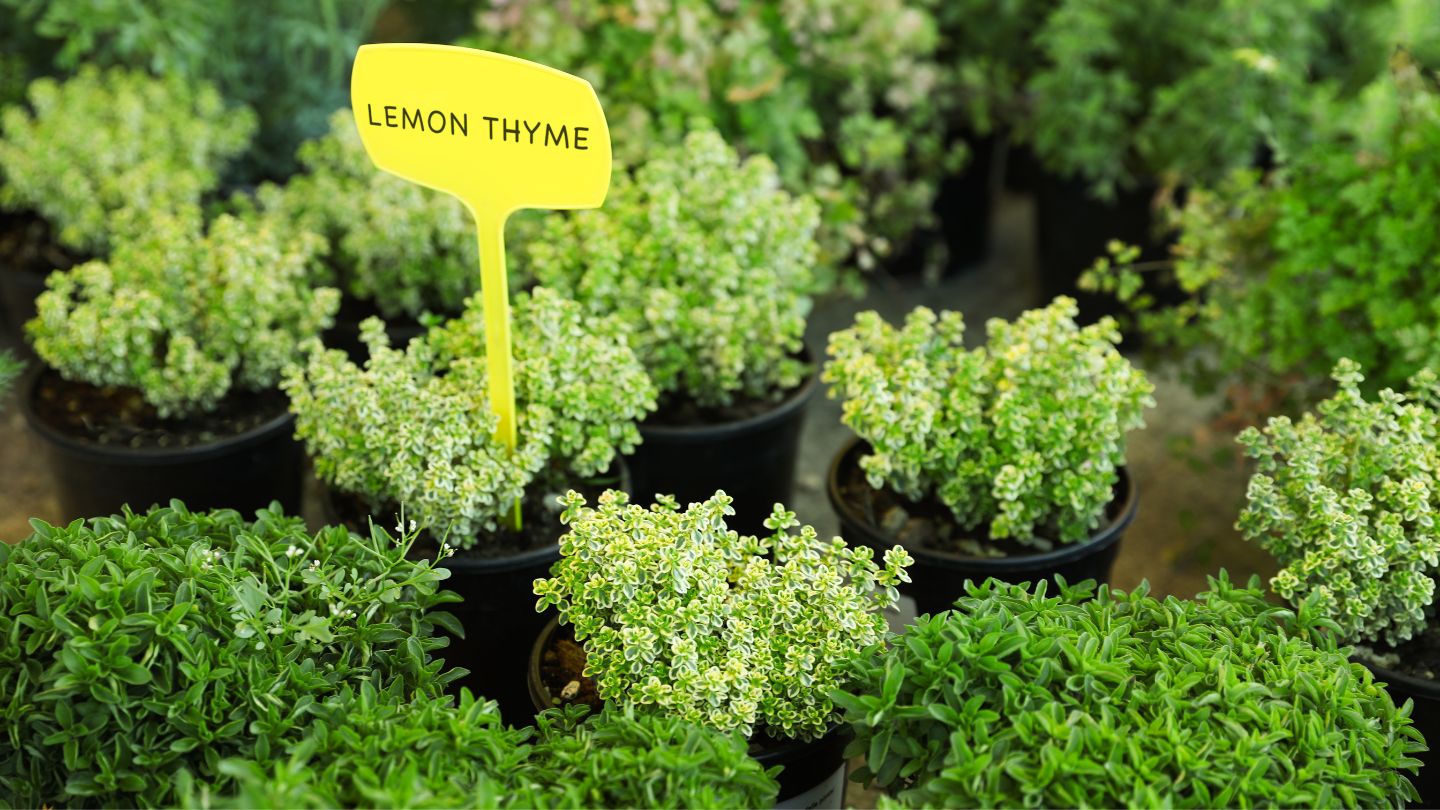
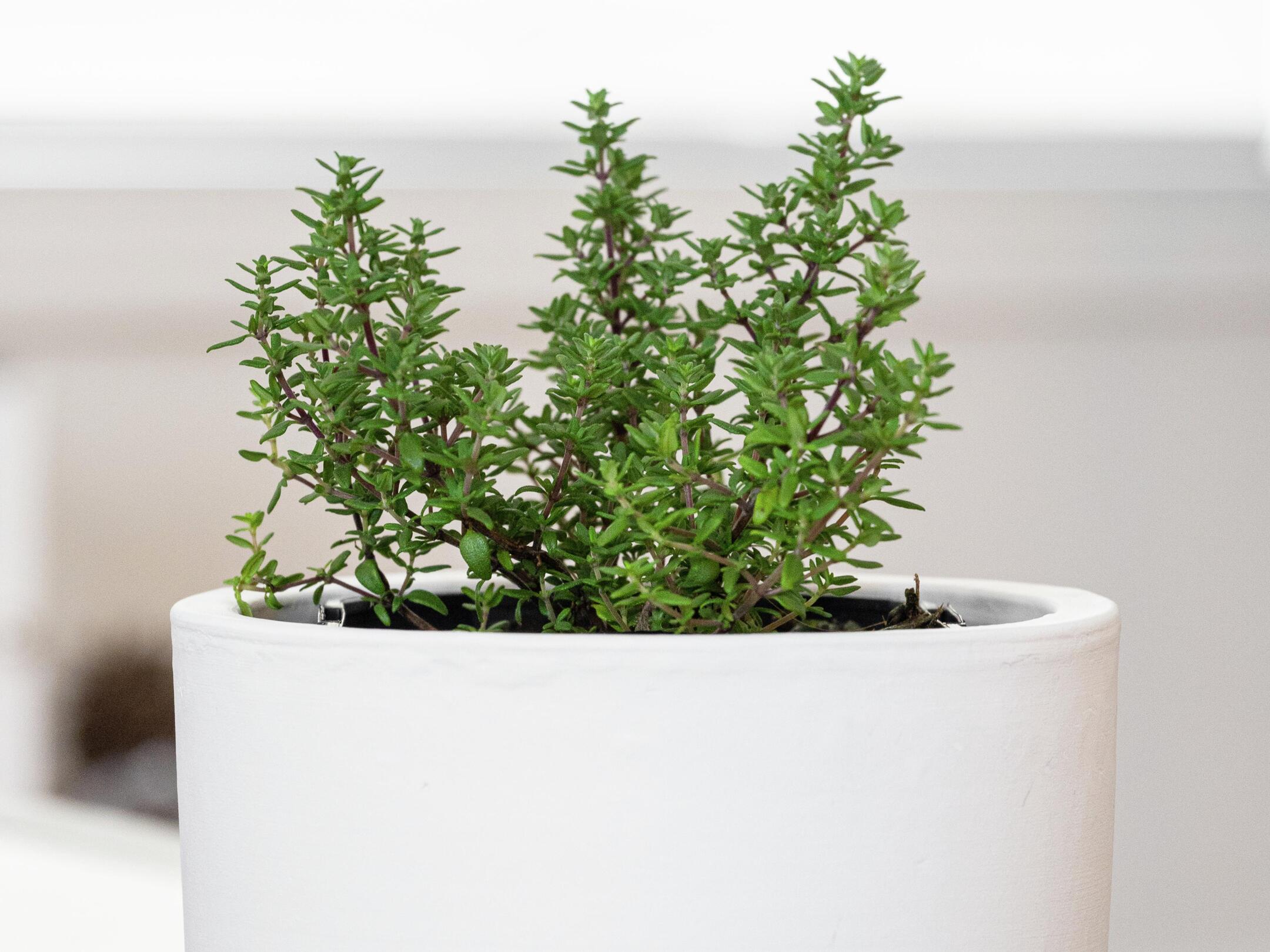

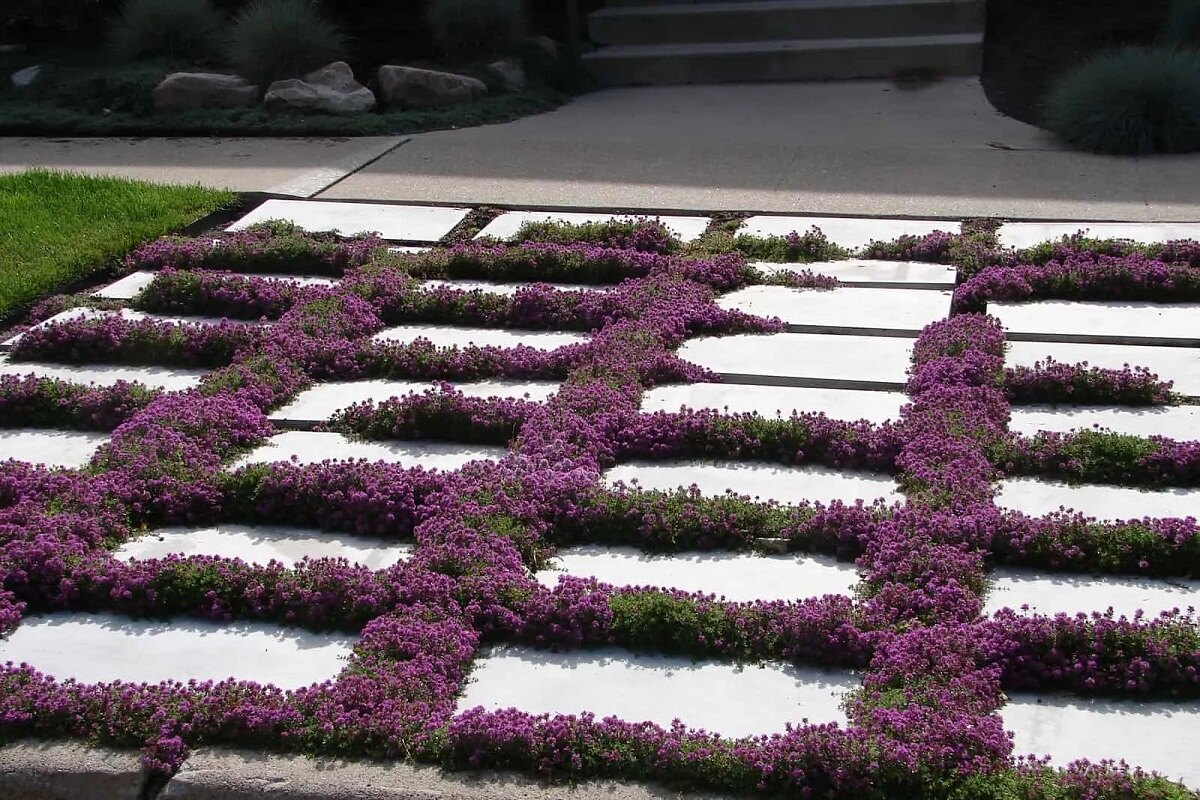
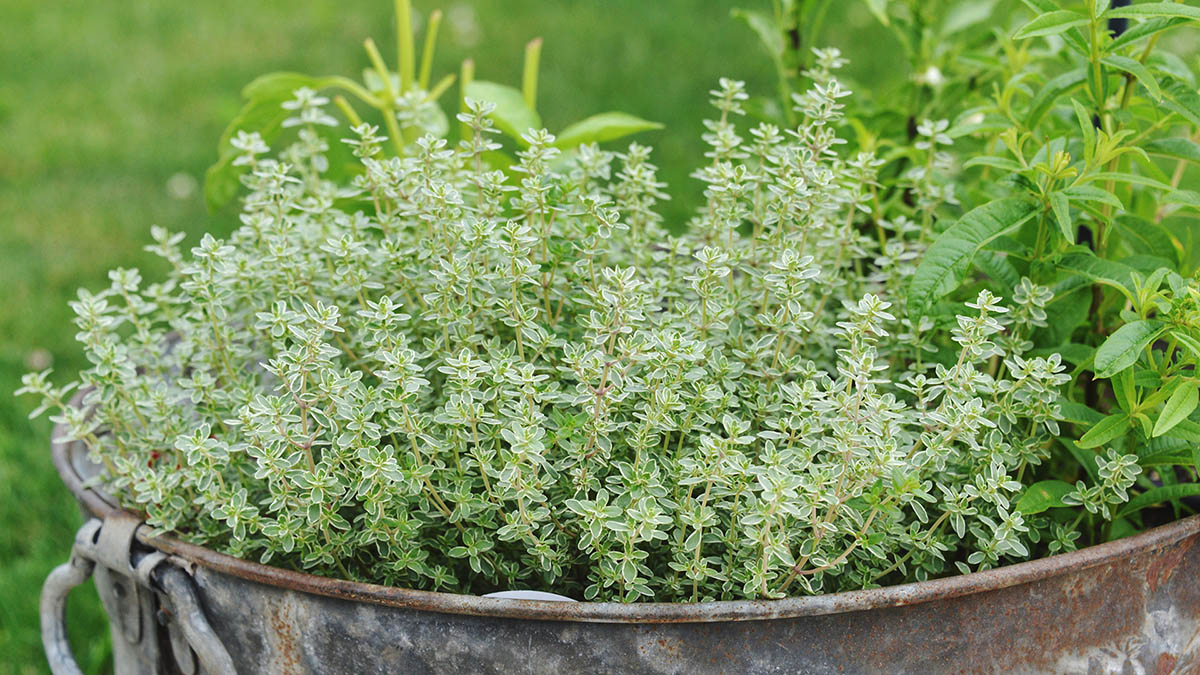
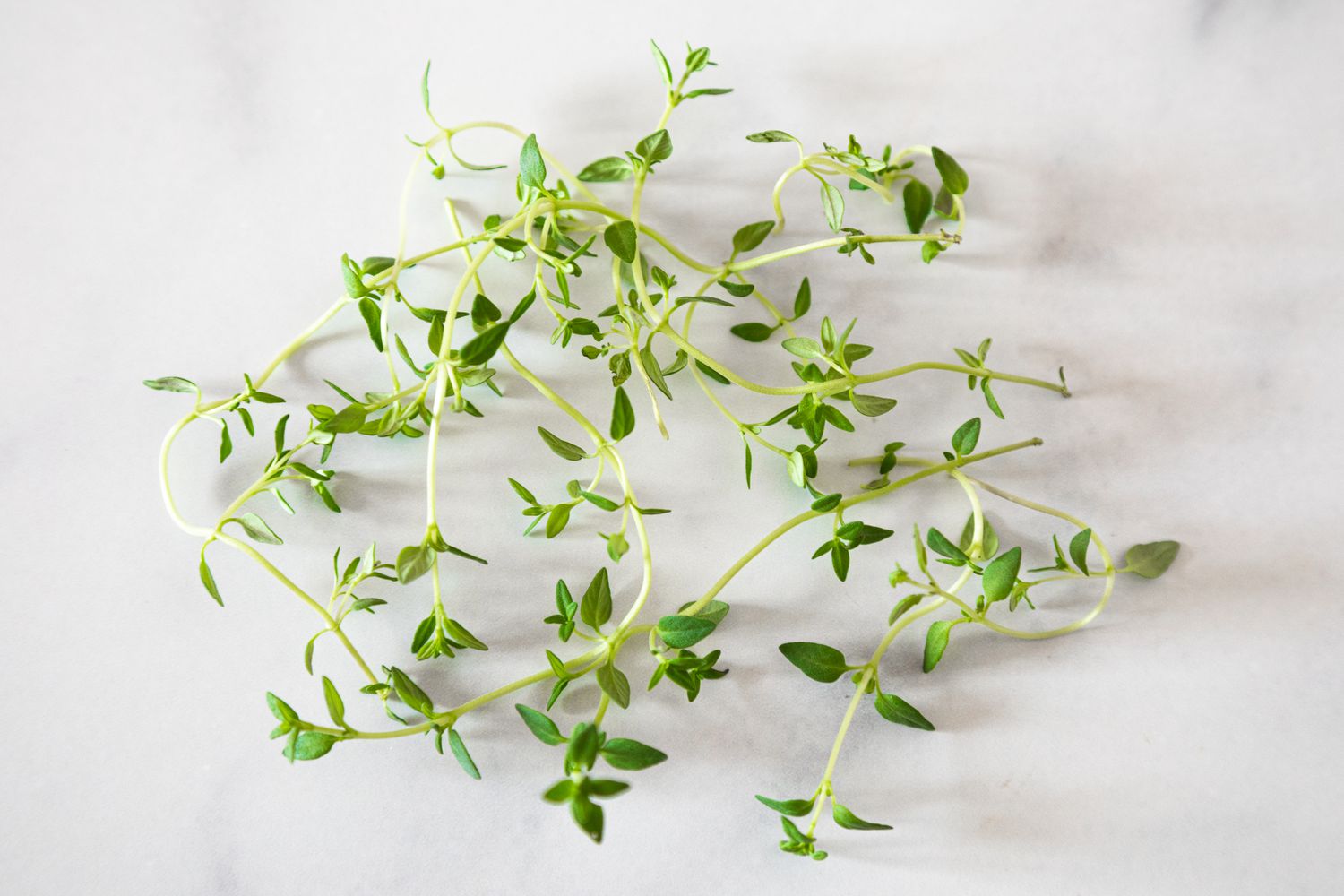
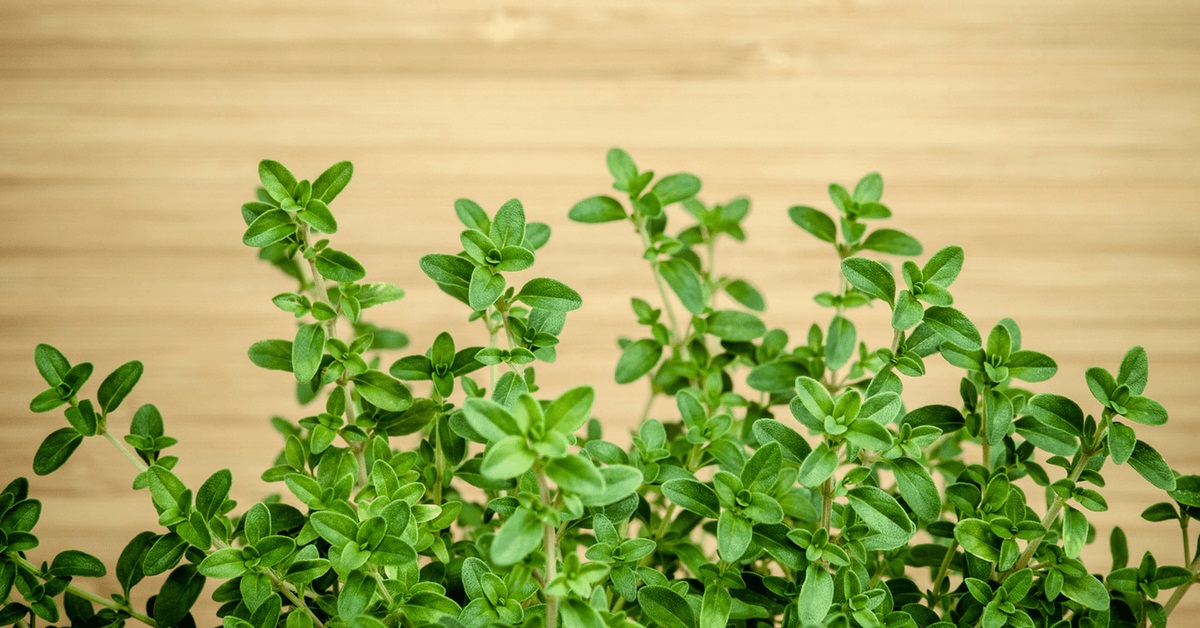
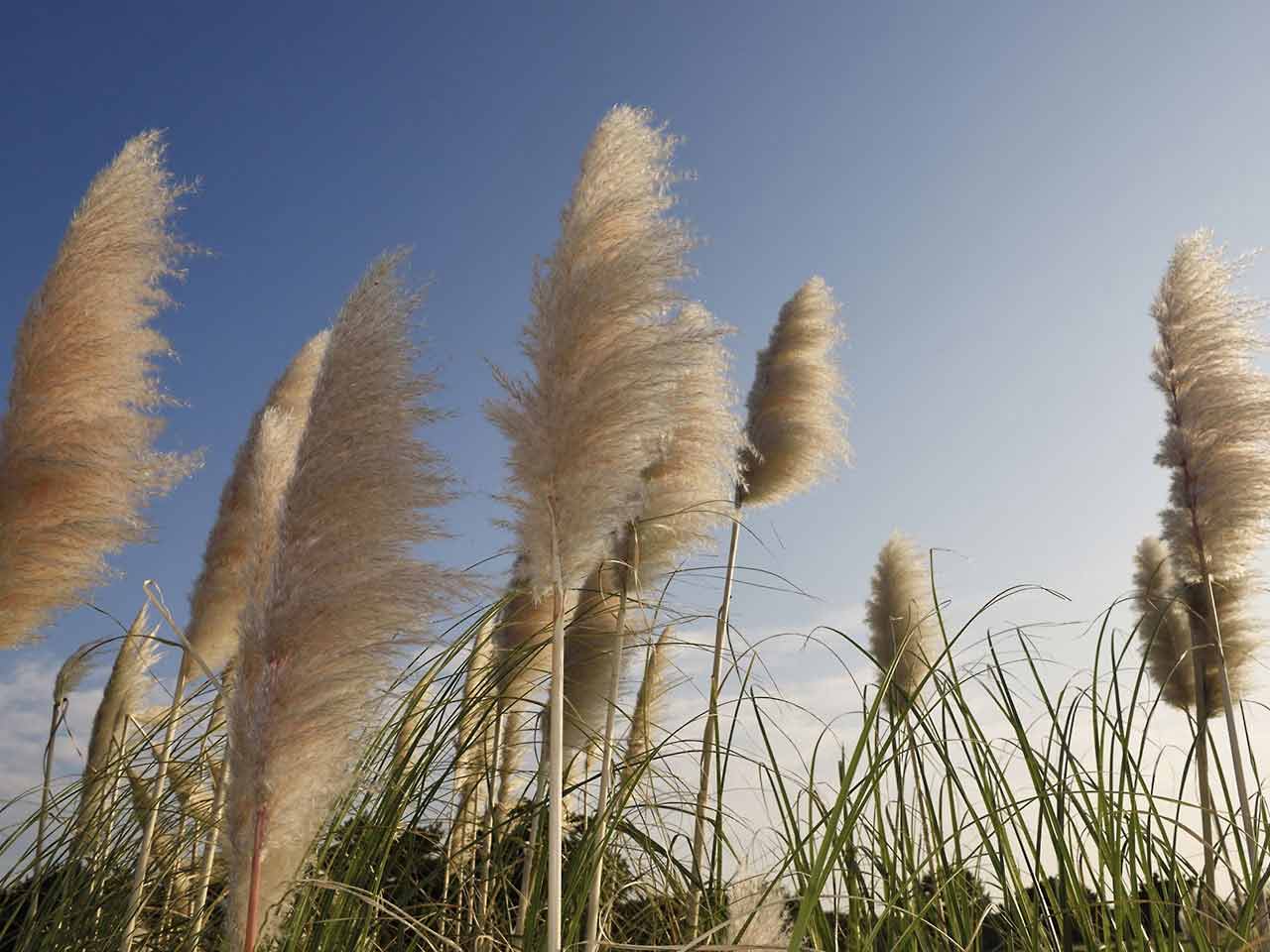
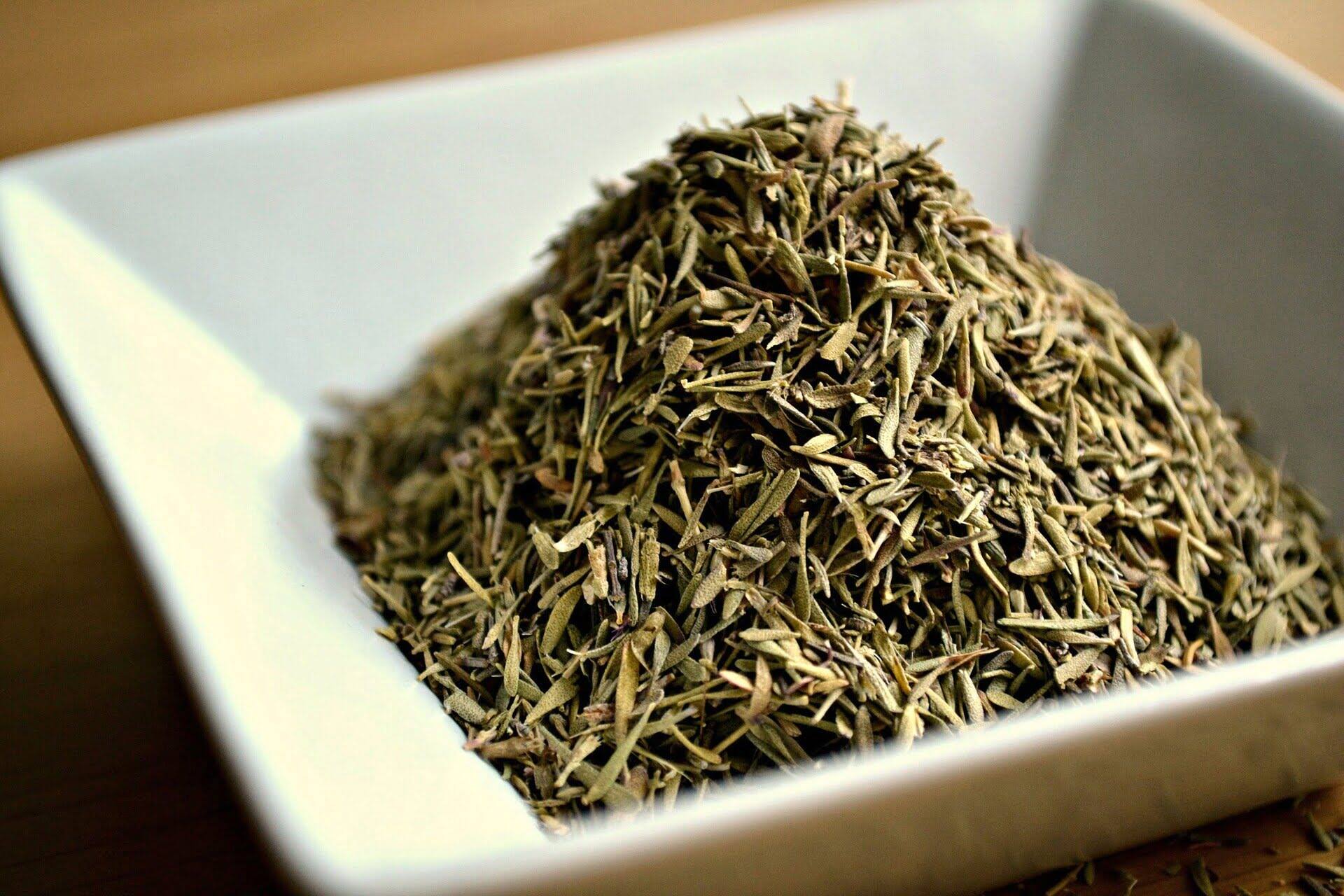
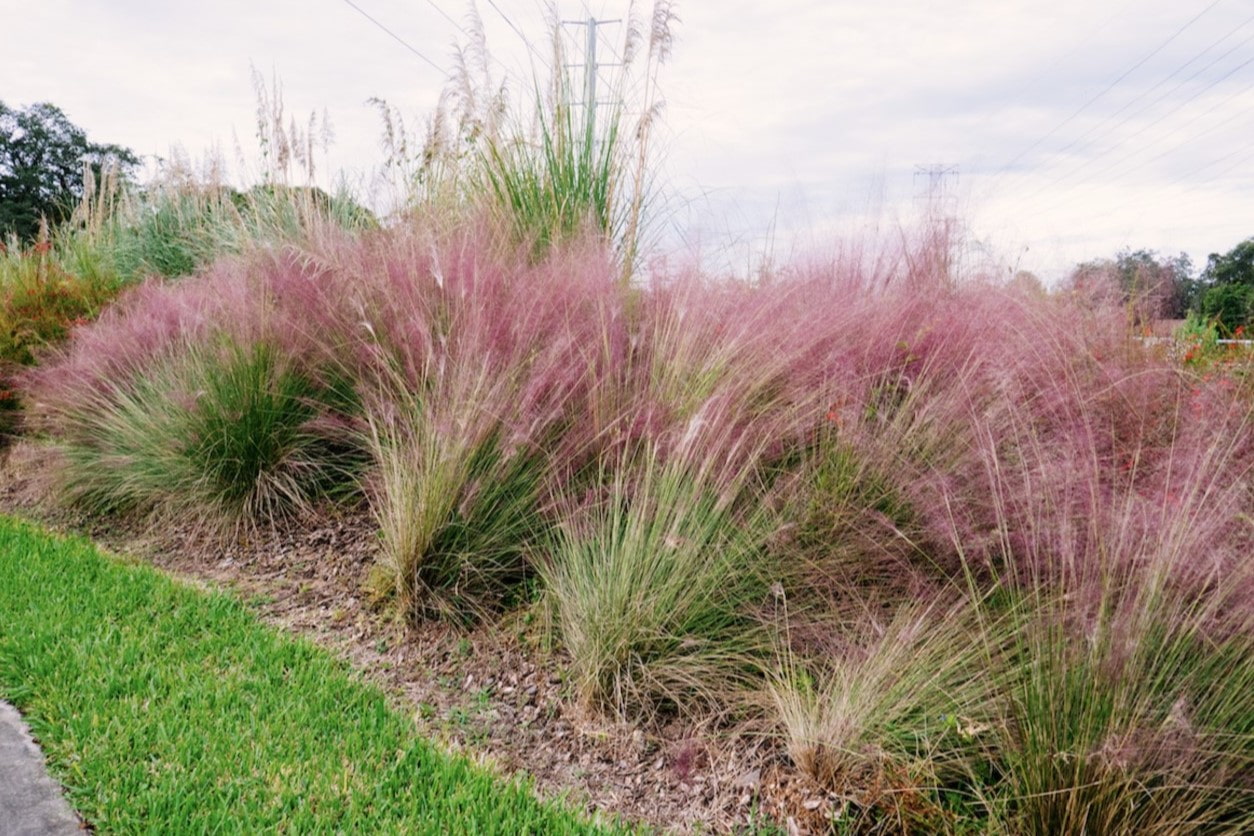
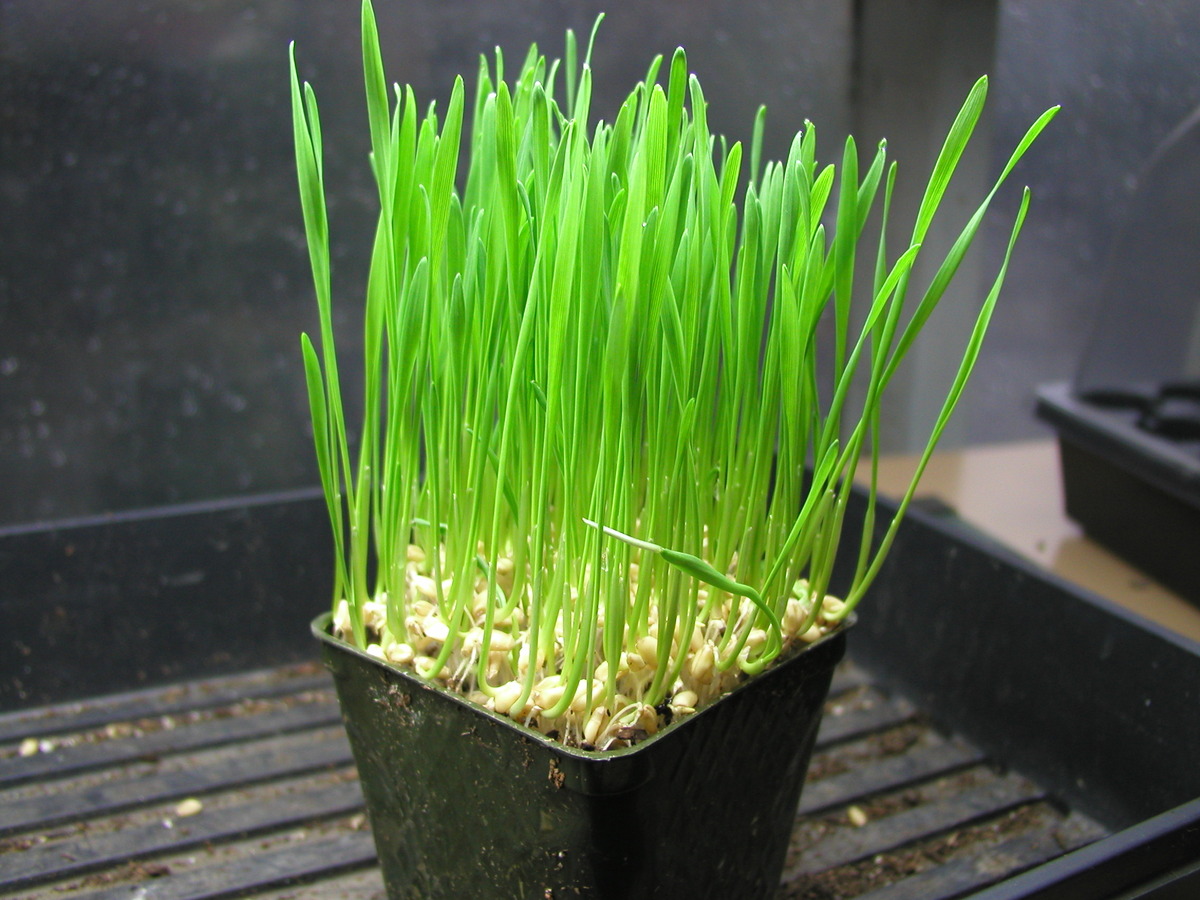

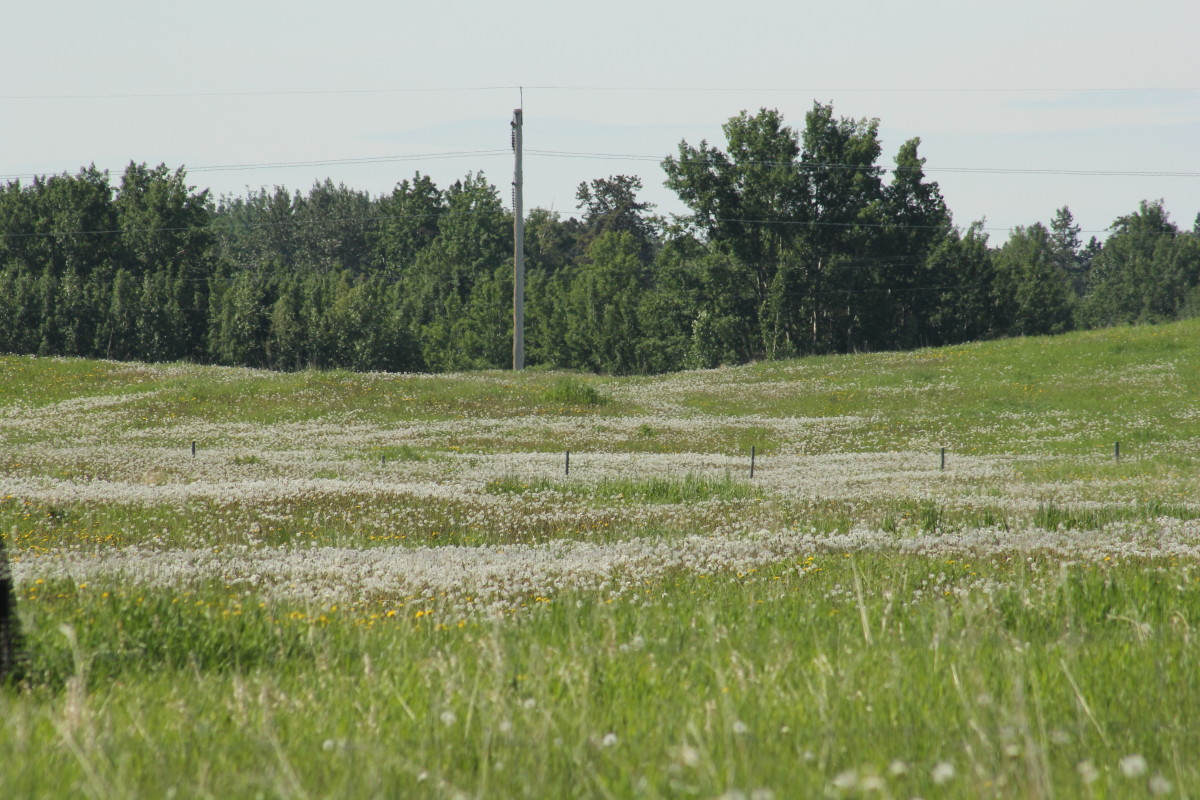

0 thoughts on “How Big Does Thyme Grow”